The Definition of Auspicious Costume
Ji Fu (吉服, auspicious costume) was a new classification of clothing formed in the Ming Dynasty, referring to the clothing used for various auspicious occasions such as seasonal festivals, weddings, birthdays, and banquets. In the Qing Dynasty, it became a specialized category within the clothing system.
Traditional Ji Fu refers to the clothing used for auspicious ceremonies (major rituals, etc.). With the development of the times and the increase in festivals and celebrations, there was a need for a special auspicious costume for all kinds of festive occasions, so the Ming dynasty referred to a more formal dress than the everyday casual dress for rituals and all kinds of auspicious occasions as the auspicious costume. Although not found in the system, the term "Ji Fu" was repeatedly used in various political books and literary works.
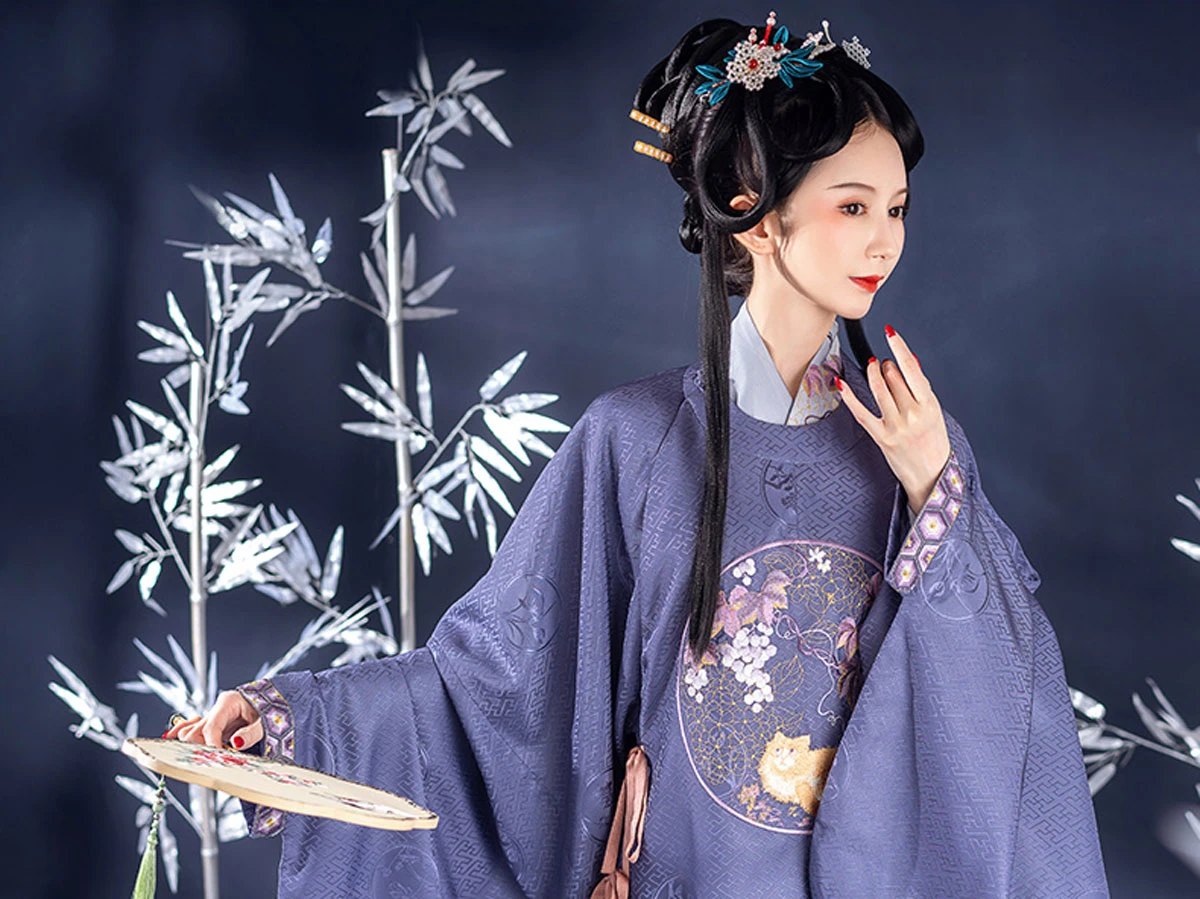
During the Ming dynasty, the auspicious costume was not a single standard style, but the same style as the regular and casual hanfu costumes, such as Yuan Ling Pao, Zhi Shen, Yi San, Tie Li, Dao Pao, Ao Qun, etc. The color was mostly in festive colors such as red, for example, the officials used to wear a red round collar robe as the auspicious costume. The ornaments of auspicious clothes are usually more ornate and exquisite than those of regular and casual clothes, mostly using patterns related to festivals or words with auspicious meanings.
During the Wanli period of the Ming dynasty, the imperial historian of Nanjing, Meng Yimai, mentioned the ornament of costumes in a memorial to Emperor Wanli.
“遇圣节则有寿服,元宵则有灯服,端阳则有五毒吉服,年例则有岁进龙服。”
Rough translation: The emperor and empress would wear the Shou Fu (寿服, mostly decorated with patterns related to birthday celebrations) on their birthdays, the Deng Fu (灯服, using lantern patterns) on the Lantern Festival, the Wu Du (五毒, patterns five poisonous animals) auspicious costumes on the Dragon Boat Festival, and the Long Fu (龙服, robe decorated with dragon pattern) on the Spring Festival. The costumes mentioned here are more typical of the festival, and the patterns used correspond to the festival and occasion.
The Ornaments of Auspicious Costume
Liu Ruoyu recorded in detail the material of clothes that should be changed in each season and the patterns used in seasonal festivals in different months in "Zhuo Zhong Zhi (酌中志)".
Most of these motifs are presented through the Buzi (补子), a round or square pattern that nobles and officials adorned on the front chest, back, or both shoulders of their official uniforms, originally used to distinguish their respective status and rank. The Buzi of auspicious costumes, could use festival-related motifs and did not necessarily reflect the level of rank.
The extant Ming Dynasty clothing, weaving, and embroidery objects and the description of the "Zhuo Zhong Zhi" compared, can more intuitively understand the characteristics of these auspicious costume ornaments.
(1) Gourd: from the 24th day of end-of-year month after the Kitchen God Festival to the mew year, gourd patterns Buzi were used, mostly decorated with dragons.
(2) Lantern scene: lantern viewing as an important activity of the Lantern Festival, so lantern patterns are also used on clothes to set off the festive atmosphere.
(3) Wu Du: Buzi patterns of Wu Du (five poisons, 五毒, scorpions, snakes, geckos, centipedes, and toads) are used at the Duan Yang Festival to remind everyone to prevent these poisonous creatures. At the same time, tigers and mugwort are added to destroy the five poisons, thus carrying the symbolic meaning of warding off evil and avoiding harm.
(4) Cowherd and Weaving Maiden: according to legend, on the day of Tanabata, the cowherd, and the weaving maiden will meet at the Magpie Bridge. Because the cowherd and the weaving maiden are the stars in the sky, so the pattern design shape is steady and imposing, which is quite in line with the style of the palace.
(5) Jade hare: During the Mid-Autumn Festival, the Buzi patterns often have a jade hare, full moon, etc.
(6) Chrysanthemum: in the Double Ninth Festival, coinciding with the autumn chrysanthemum open, so the chrysanthemum Buzi pattern reflects the seasonal characteristics.
(7) Yang Sheng: Winter Solstice Festival is a relatively important festival in ancient times, after the winter solstice, spring is coming, Yin gradually decline, Yang began to grow. Therefore, Buzi's pattern incorporates the sheep, which is the same as the harmonic sound of Yang.
Since ancient times, people have been pursuing a long and healthy life, so hanfu ornament related to longevity is quite common. In ancient times, the emperor's and empress' birthdays were more solemn than those of ordinary people, leaving behind a lot of auspicious costumes used for birthday objects.
Longevity celebrations generally used lingzhi, cranes, longevity peaches, etc. to form patterns with auspicious meanings. Or a large number of decorative "longevity" and other words, the birthday of the good wishes more straightforwardly expressed. Generally the use of Lingzhi, cranes, longevity peaches, etc., with auspicious motifs. Or a large number of decorative "寿" and other words, the birthday of the good wishes more straightforwardly expressed.
A typical example is the birthday dress pattern of the Wanli Emperor of the Ming Dynasty. Wanli was born on the 17th day of the 8th month of the 42nd year of Jiajing (September 4, 1563), just after the Mid-Autumn Festival, so the design of the pattern put together the "寿" used for the Emperor's birthday and the "Jade Rabbit" used for the Mid-Autumn Festival.
The Unauthorized Phenomenon & Later Influence
Because auspicious costume highlighted the visual effect, but also in line with the mass's advocate celebration, auspicious psychology, so in the use of patterns, allowing a certain degree of breakthrough in the hierarchical constraints, the court did not always make too much intervention, so the Ming dynasty appeared in the clothing unauthorized phenomenon is often the most prominent in the Ji Fu, such as the common women wearing a phoenix crown and robe, and the five claw dragon appear in the officials' Ji Fu and so on.
These extremely luxurious clothes, mostly used in the civil auspicious celebration of the meeting and seasonal festivals, and then get pawned to the pawn store, with the money to buy new clothes for the next year's festival. In the Ming Dynasty, these clothes were based on the needs of life, people's consumption concepts, and the material conditions of the time, and were very different from the casual clothes worn in daily life, which conceptually belonged to the Ji Fu as well.
There are two kinds of typical decorations for the auspicious costume. The first one is the most common pattern of Yun Jian, Tong Xiu Lan, and Xi Lan in the Ming Dynasty.
- Yun Jian (云肩, cloud shoulder): front chest, back, and both shoulders.
- Tong Xiu Lan (通袖襕, through-sleeved pattern): from the left and right shoulders to the end of the sleeves.
- Xi Lan (膝襕, knee pattern): front and back hem.
The decoration is more noble, such as decorated with Mang (蟒), Dou Niu (斗牛), Fei Yu (飞鱼), Qi Lin (麒麟, unicorn), Feng (凤, phoenix), Di (翟), He (鹤, crane) and other auspicious beast patterns.
Another kind of decoration is to the later influence of the Ba Tuan patterns (eight groups), that is, in the predecessor and after the body are decorated with three groups of patterns, was "品" distribution, in the two sleeves (upper arm at) each decorated with a group of patterns.
Based on the Ba Tuan patterns, ten groups and twelve groups of patterns were developed. By the Qing Dynasty, the Ba Tuan patterns became the basic pattern of the auspicious costume, which continued until the Republican period. In addition, some of the costumes in the opera also still maintain these pattern characteristics.
In modern times, there have been many changes in the pattern of the auspicious costume. Depending on the aesthetics and needs of each, the pattern can be simple or complicated, but no matter how it changes, the formal and festive characteristics of the auspicious costume are very obvious.
In modern society, people also have clothes for various social occasions or ceremonies, such as western-style wedding dresses and gowns for weddings, or traditional hanfu-style phoenix crowns, long shirts, and improved Tang suits, etc., all of which can be considered as the modern concept of auspicious clothing, which also reflects that people today still have a practical need for auspicious clothing.
Reference: Xie Fang Zhu Ren
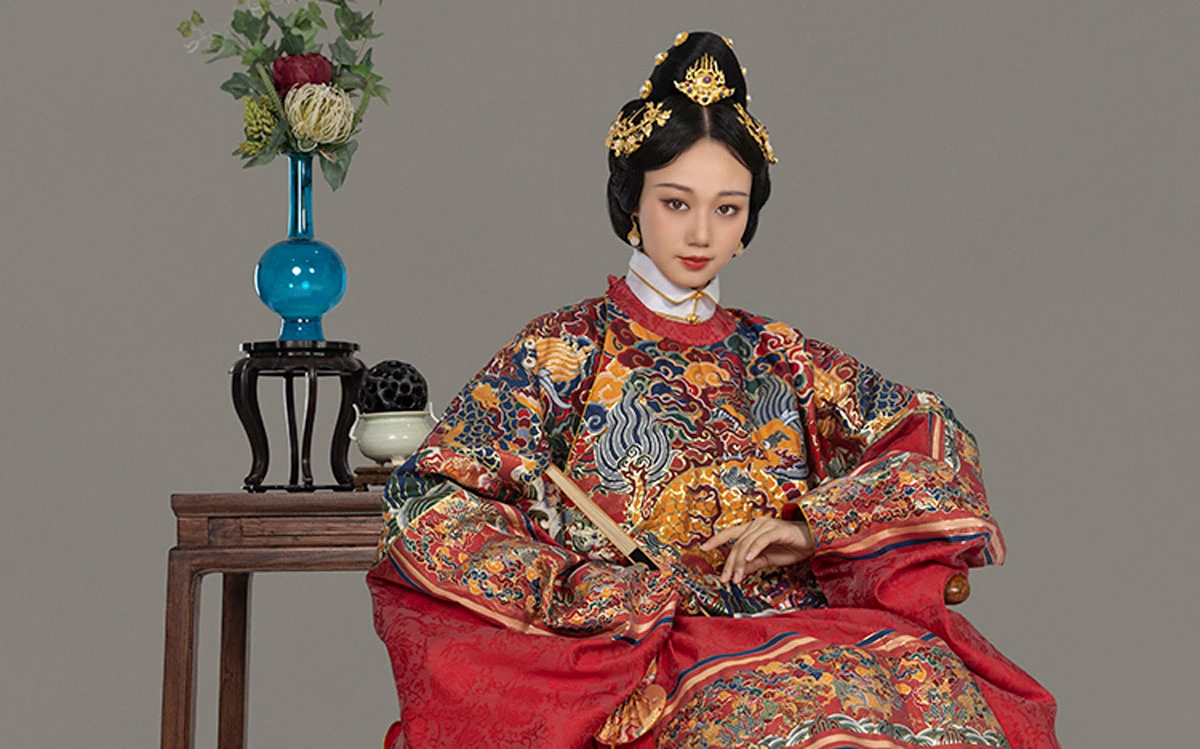
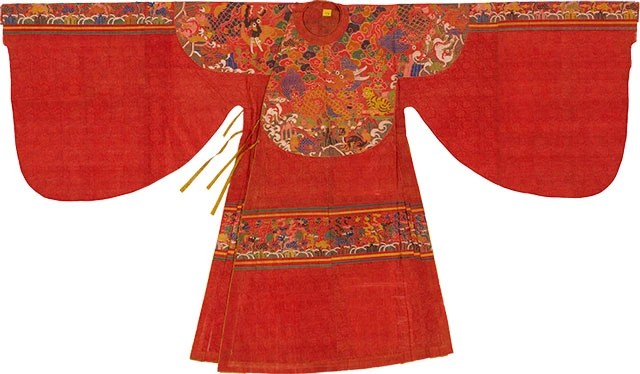
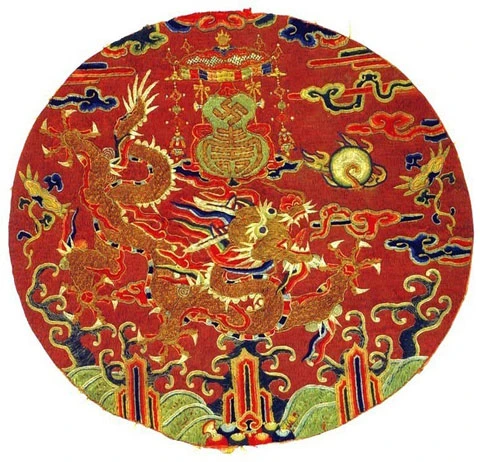
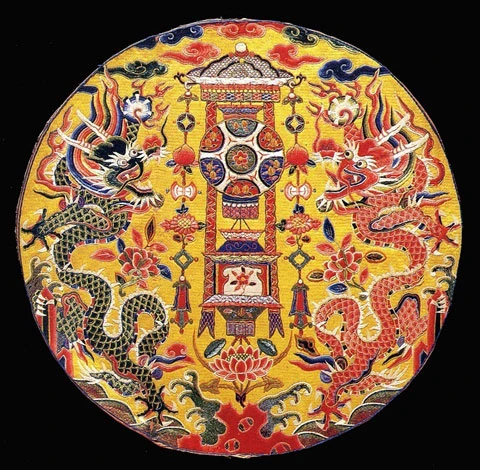
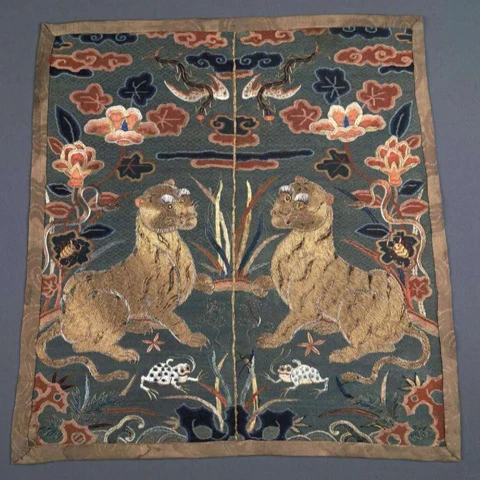
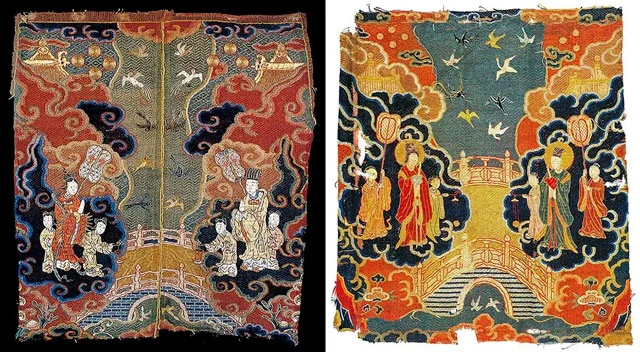
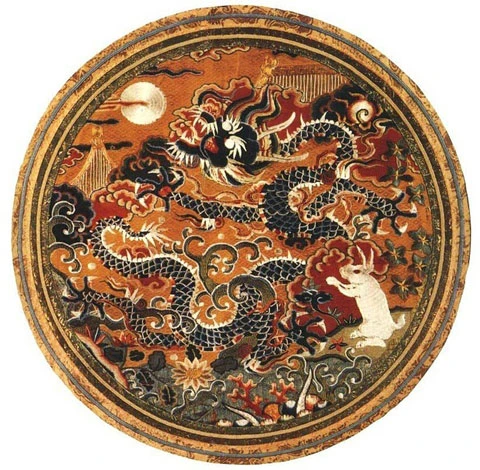
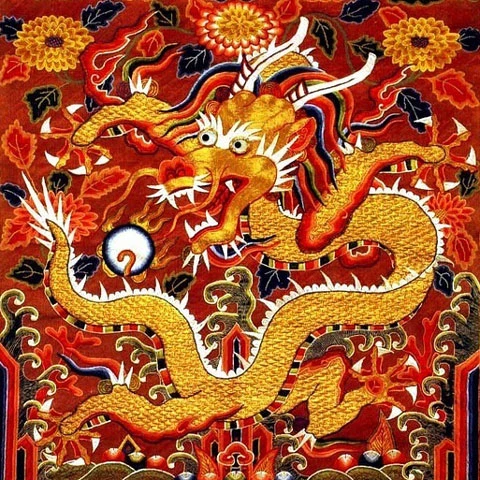
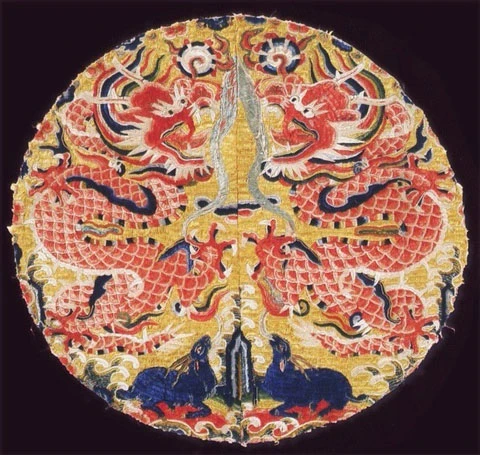
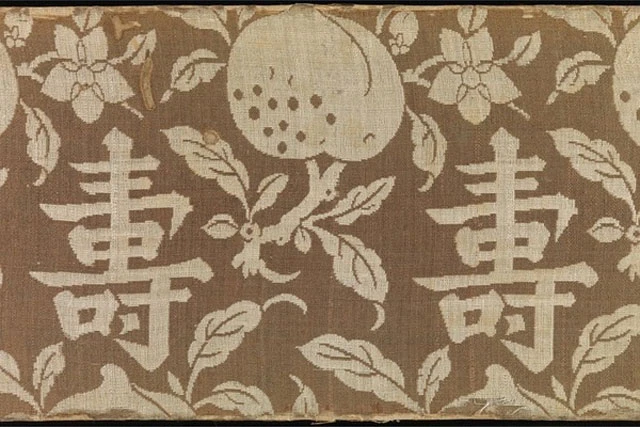
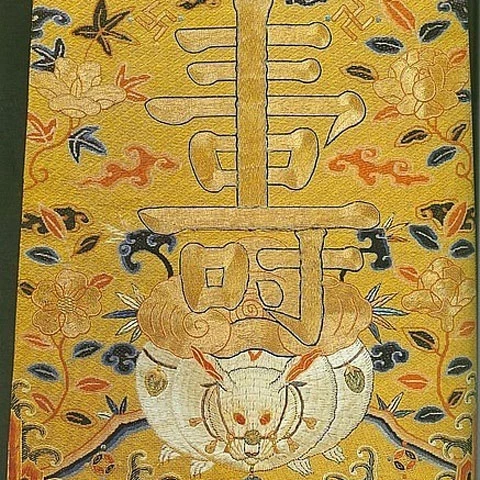
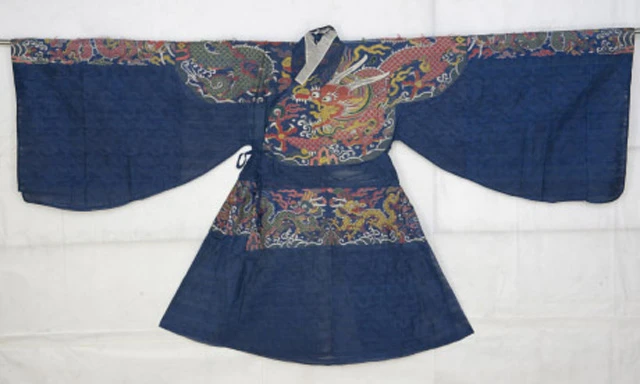
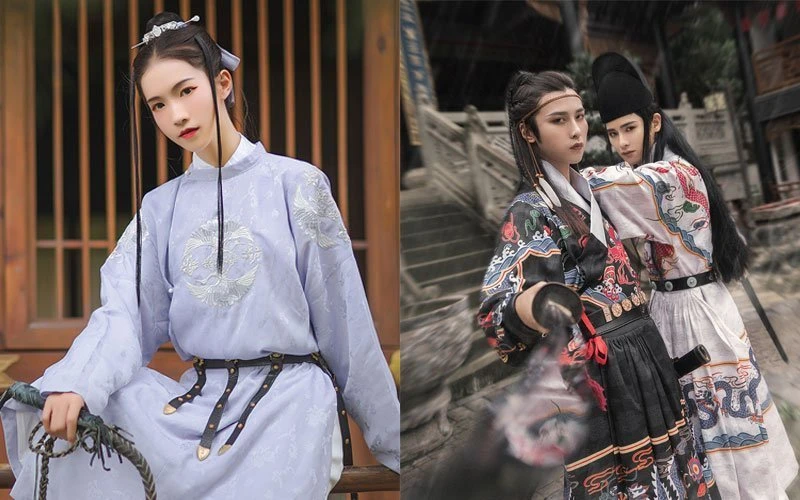
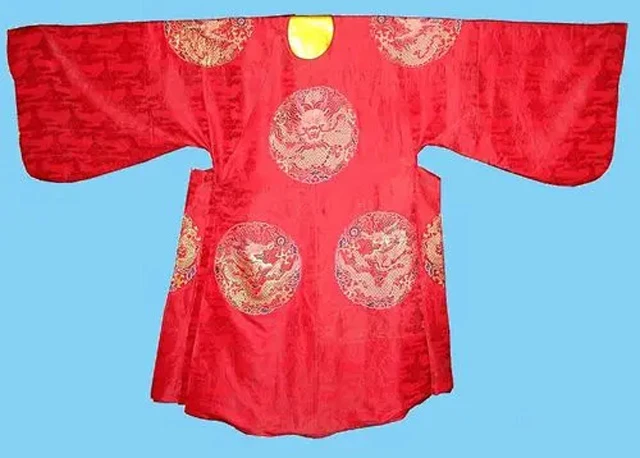

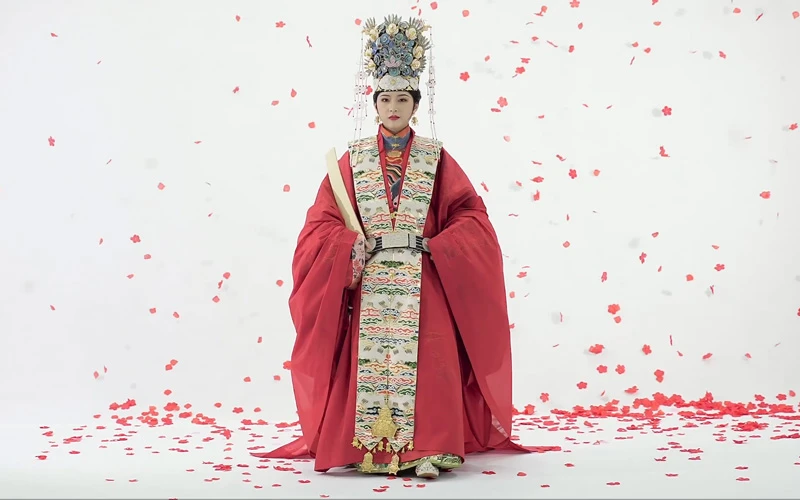

Thank you for articel